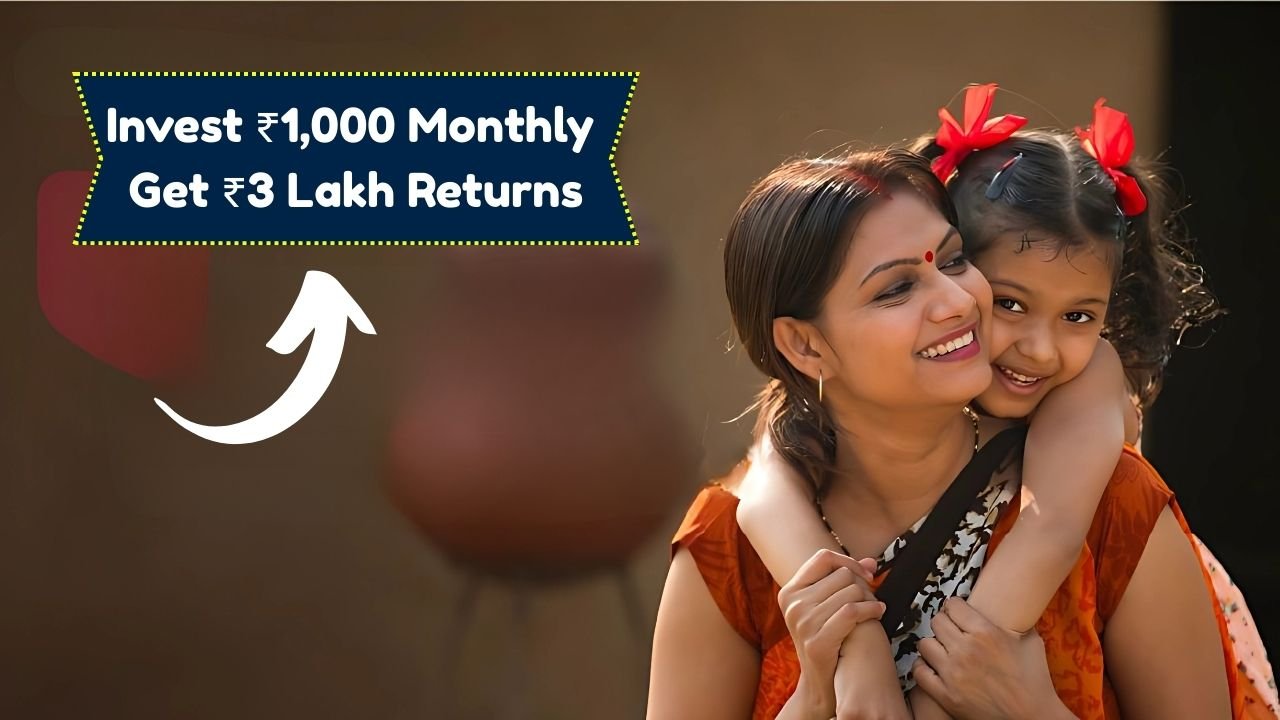Government backed insurance schemes have always been seen as a safe and reliable way for common people to secure their future. One such initiative that has gained popularity in recent years is the Pradhan Mantri Suraksha Bima Yojana. Many people are curious whether a small investment of just ₹1,000 per month can actually provide a return of up to ₹3 lakh. To understand this better, let us explore how the scheme works, what benefits it offers, and whether it is the right choice for you.
What is PM Suraksha Bima Yojana
Pradhan Mantri Suraksha Bima Yojana, often called PMSBY, is an accidental insurance scheme launched by the Government of India in 2015. The objective of this scheme is to provide affordable insurance protection to people, especially those from low-income backgrounds who may not otherwise be able to afford private insurance policies.
The scheme mainly covers accidental death or disability. If the policyholder meets with an accident resulting in death or permanent disability, the nominee or family receives a financial benefit. This is why the scheme is often considered a safety net for families that depend on a single earning member.
How Much Premium Needs to Be Paid
The most attractive feature of PMSBY is its extremely low premium. Unlike other insurance policies where premiums run into thousands of rupees annually, PMSBY can be availed by paying just ₹12 per year. Yes, for less than the cost of a cup of tea every month, an individual can get insurance coverage worth up to ₹2 lakh.
This premium is auto-debited from the subscriber’s bank account, which means there is no hassle of remembering payment dates or missing deadlines. The scheme runs from June 1 to May 31 each year and can be renewed automatically.
Coverage Offered Under the Scheme
The insurance coverage under PMSBY is straightforward and easy to understand. If the insured person dies in an accident, the nominee receives ₹2 lakh as compensation. In case of total disability, which includes loss of both eyes or both limbs, the insured person gets ₹2 lakh. For partial disability, such as loss of one eye or one limb, the coverage provided is ₹1 lakh.
This coverage may not sound very high compared to private insurance policies, but considering the premium is just ₹12 per year, it offers incredible value for money.
The Idea of Investing ₹1,000 Per Month
Now, the question arises: where does the figure of investing ₹1,000 per month and getting ₹3 lakh returns come into play? The truth is that PMSBY itself does not require such a high monthly investment. It only needs ₹12 annually. However, many financial experts suggest that if individuals combine government schemes like PMSBY with small monthly savings or investments, they can build a strong safety net for the future.
For example, if a person invests ₹1,000 every month in a recurring deposit, mutual fund SIP, or small savings scheme along with enrolling in PMSBY, over time they can accumulate a sizeable fund. Combining this savings with the accidental insurance cover of ₹2 lakh to ₹3 lakh creates a dual benefit of security and wealth creation.
So while PMSBY alone will not multiply ₹1,000 monthly into ₹3 lakh, it complements personal savings and ensures that families have both insurance protection and investment growth.
How to Enroll in PMSBY
The enrollment process for PMSBY is simple and can be done through any bank where you hold a savings account. Most nationalized and private banks offer this facility. Customers can fill out a simple form, give consent for auto-debit, and the policy is activated immediately. Some banks also provide online enrollment through net banking or mobile apps.
Applicants need to be between the ages of 18 and 70 years to be eligible. Aadhaar card is generally used for verification and linking the nominee details. Since the process is paperless and quick, it has become widely popular in both rural and urban areas.
Why PMSBY is Beneficial for Common People
For daily wage earners, small shopkeepers, and low-income families, even a small accident can create a major financial crisis. PMSBY ensures that for a minimal cost, their families are financially protected. This sense of security is important because private insurance is often unaffordable for such households.
Moreover, the scheme is backed by the government, which means there is no risk of fraud or default. It is also renewable every year, giving flexibility to the subscriber.
Limitations You Should Know
While the scheme is highly beneficial, it also has its limitations. The coverage amount of ₹2 lakh or ₹1 lakh may not be sufficient for middle-class or upper-middle-class families who face higher living expenses. For them, PMSBY should only be considered as an additional insurance cover and not the primary policy.
Also, the scheme only covers accidental death or disability. It does not cover natural death, illness, or hospitalization expenses. Therefore, subscribers are advised to combine PMSBY with health insurance and life insurance to have complete financial protection.
Future of the Scheme
Since its launch, PMSBY has already covered millions of people across India. The government has been actively promoting it as part of financial inclusion. With increasing awareness, more people are expected to join the scheme, especially in rural regions where insurance penetration is low.
The scheme’s future looks strong, as it requires minimal premium yet provides significant coverage. Financial planners also believe that such schemes encourage the habit of securing one’s future, which is essential in a developing country like India.
Conclusion
Pradhan Mantri Suraksha Bima Yojana is not just another insurance scheme; it is a lifeline for families who cannot afford private policies. By paying a negligible premium of ₹12 per year, an individual can ensure financial protection worth up to ₹2 lakh. While it does not directly offer the promise of turning ₹1,000 monthly into ₹3 lakh, combining PMSBY with regular savings or investments can indeed create a secure financial future.
Disclaimer
The information provided in this article about the Pradhan Mantri Suraksha Bima Yojana is for educational and awareness purposes only. The details such as premium, benefits, and eligibility are based on official guidelines available at the time of writing. Readers are advised to verify the latest updates from authorized government sources, banks, or insurance providers before making any financial decision. This article does not constitute financial advice, and the author is not responsible for any loss or claim arising out of the use of this information.



